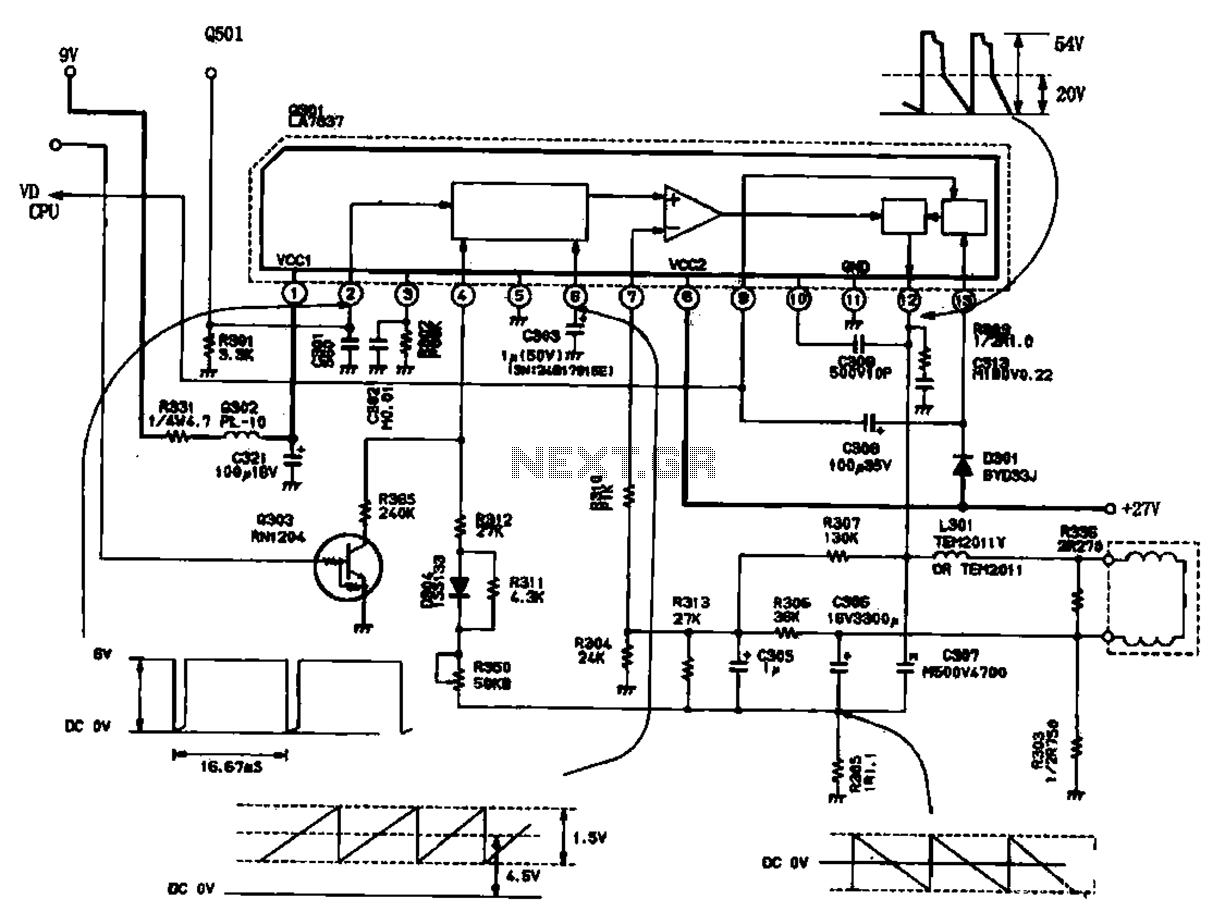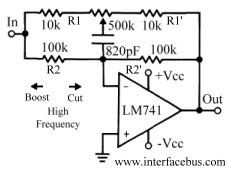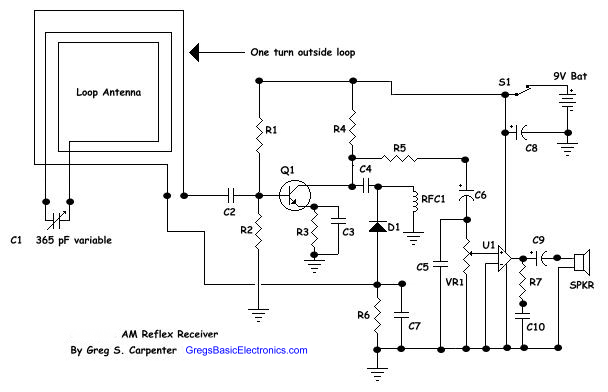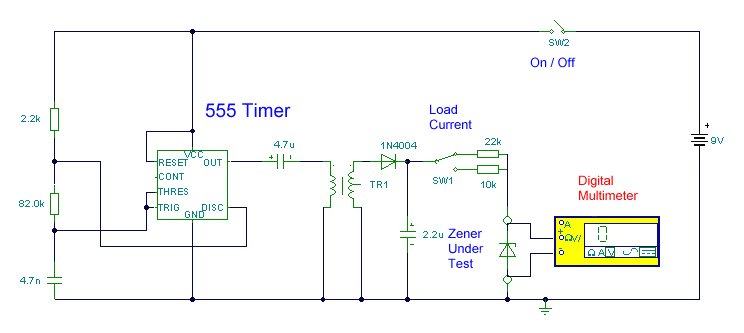
rf Can I merge two impedance matching circuits
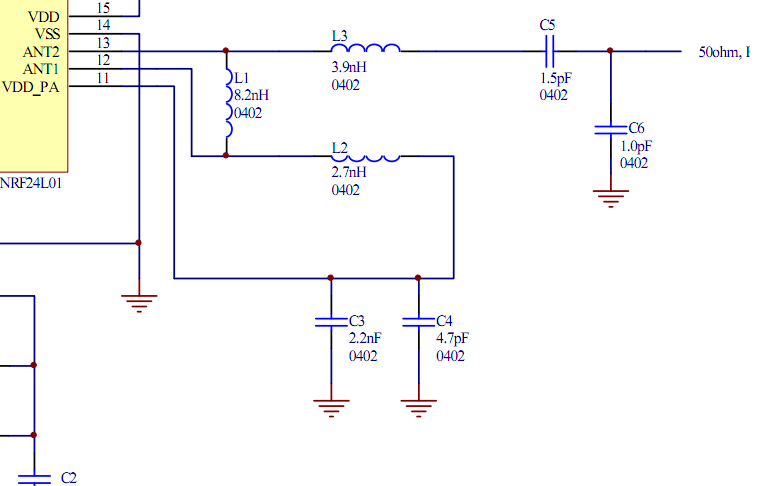
Place the transceiver and the chip antenna very close together, eliminating the need for a 50-ohm transmission line. If this is the case, can the two matching circuits be merged into one to reduce the component count?
To create an efficient RF circuit, positioning the transceiver and the chip antenna in close proximity is essential. This arrangement can significantly simplify the design by negating the requirement for a 50-ohm transmission line, which is typically used to match the impedance between the transceiver and the antenna.
In this scenario, merging the matching circuits of both components can be achieved through careful impedance matching techniques. The goal is to ensure that the output impedance of the transceiver aligns with the input impedance of the chip antenna. This can be accomplished using a combination of reactive components such as capacitors and inductors to form a matching network that optimally transforms the impedance.
For practical implementation, a common approach is to utilize a L-network or a pi-network configuration. An L-network consists of one inductor and one capacitor, while a pi-network includes two capacitors and one inductor. The choice between these configurations depends on the specific impedance values that need to be matched and the frequency of operation.
When designing the matching network, simulations can be conducted using software tools like ADS (Advanced Design System) or LTspice to analyze the performance and ensure the desired impedance transformation is achieved across the operational frequency range. Additionally, attention should be given to the physical layout of the circuit, as parasitic capacitance and inductance can affect performance.
By merging the matching circuits, a reduction in the component count is possible, leading to a more compact design, lower manufacturing costs, and improved reliability. However, it is crucial to verify that the merged circuit still meets the necessary performance specifications, such as return loss and insertion loss, to ensure efficient signal transmission and reception.Place the transciever and the chip antenna very close, then there is no need for a 50 ohm transmission line right If so, can I somehow merge those two matching circuits into one and thus reducing component count 🔗 External reference
To create an efficient RF circuit, positioning the transceiver and the chip antenna in close proximity is essential. This arrangement can significantly simplify the design by negating the requirement for a 50-ohm transmission line, which is typically used to match the impedance between the transceiver and the antenna.
In this scenario, merging the matching circuits of both components can be achieved through careful impedance matching techniques. The goal is to ensure that the output impedance of the transceiver aligns with the input impedance of the chip antenna. This can be accomplished using a combination of reactive components such as capacitors and inductors to form a matching network that optimally transforms the impedance.
For practical implementation, a common approach is to utilize a L-network or a pi-network configuration. An L-network consists of one inductor and one capacitor, while a pi-network includes two capacitors and one inductor. The choice between these configurations depends on the specific impedance values that need to be matched and the frequency of operation.
When designing the matching network, simulations can be conducted using software tools like ADS (Advanced Design System) or LTspice to analyze the performance and ensure the desired impedance transformation is achieved across the operational frequency range. Additionally, attention should be given to the physical layout of the circuit, as parasitic capacitance and inductance can affect performance.
By merging the matching circuits, a reduction in the component count is possible, leading to a more compact design, lower manufacturing costs, and improved reliability. However, it is crucial to verify that the merged circuit still meets the necessary performance specifications, such as return loss and insertion loss, to ensure efficient signal transmission and reception.Place the transciever and the chip antenna very close, then there is no need for a 50 ohm transmission line right If so, can I somehow merge those two matching circuits into one and thus reducing component count 🔗 External reference

